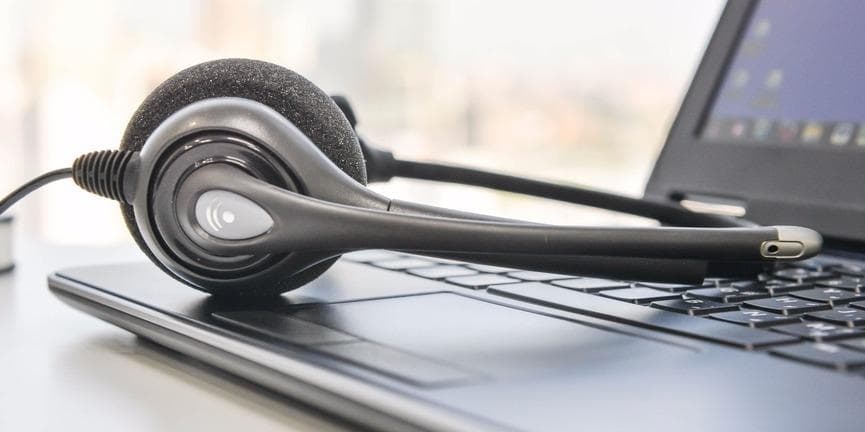
We are quickly discovering that inter-office phone calls and emails are not the best way to stay connected in an environment that’s becoming increasingly agile and remote.
According to a Gartner, Inc. survey of 229 HR leaders conducted on April 2, 2020, nearly 50% of employers report 81% or more of their employees are working remotely during the coronavirus outbreak, and many workers are unlikely to return to work anytime soon. In addition, Gartner analysis reveals that while 30% of employees worked at least part of the time remotely before the pandemic, 41% of employees are likely to work at least some of the time post-pandemic remotely.
Therefore, organizations with an on-premises communications infrastructure are now considering cloud-based solutions, as the COVID-19 pandemic forced many companies to change how they operate. However, on-premises systems lacked long-term support for remote and home-based employees, in particular.
A recent survey found that 64% of companies surveyed use cloud-based collaboration, such as Zoom, Google Meet, and Microsoft Teams, and phone communication services, such as Knowlarity to support work from home.
For companies reopening their offices in a flexible, hybrid scenario, presence information can be used to tell when employees are in the office or working at home. Combining presence, a measure of a user’s availability to chat or call, with analytics can also help determine when employees are working, which apps they use most, and how long they spend at their desks.
Microsoft rolled out a Teams update in August in response to customer requests for a more accurate UC presence. Before the update, a change to a user’s presence status took about five minutes to appear. An individual’s real-time presence is determined by their manual presence, Outlook status, and activity within the Teams app.
There is, however, a problem. Cloud-based collaboration platforms and phone systems do not share present status. So you can be busy on a call on a softphone, but your colleagues on Teams see you as available for chats and calls. Or check on your Avaya Softphone if your colleagues on Teams are in an online meeting before calling them.
Supporting both team collaboration platforms and cloud-based phone systems, such as Knowlarity’s softphone, allows Teams users to see their co-works phone statuses, such as on the call or in a conference call and vice versa.
What is a Softphone?
Remote workers can replace traditional desk phones with softphones.
So what exactly is a softphone? Softphones are software applications that run on a computer, tablet, or mobile phone and connect users to their cloud-based phone system. Softphones have many of the same characteristics as desk phones and allow you to make calls over the internet, using a cloud-based technology provided by Knowlarity.
The best part is that you can open your softphone just as you would any other software. There is no need for a physical phone base that requires a unit or a handset. Instead, you can manage contacts and place calls using the same user interface screen.
For the following reasons, softphones are a better option than many conventional business phone setups:
- There are no additional hardware expenses for desktop handsets or other equipment.
- With this service, users can handle calls from the comfort of their own homes.
- You will remain connected to your phone system as long as you have a reliable internet connection.
- The company phone number will be displayed as an ideal alternative for WFH calls made from your smartphone. By doing so, you can maintain a professional image while maintaining your privacy.
- Several softphone applications will automatically pull contacts from the user’s contact app, so you don’t have to enter them manually.
How does a softphone work?
Unlike rugged phones (think: powerful plastic desk phones) and landlines, softphones use software to make calls. Due to their software-based operation, they can do all the things that landline desk phones can’t, including:
- Video calling
- Click-to-dial
- Call recording
- Visual voicemail management
- Team messaging
- SMS
Softphones are an excellent choice for businesses needing fluid communications that function from anywhere. Softphones promise all the features of traditional telephone devices, with great added benefits such as video conferencing, chat, and SMS.
